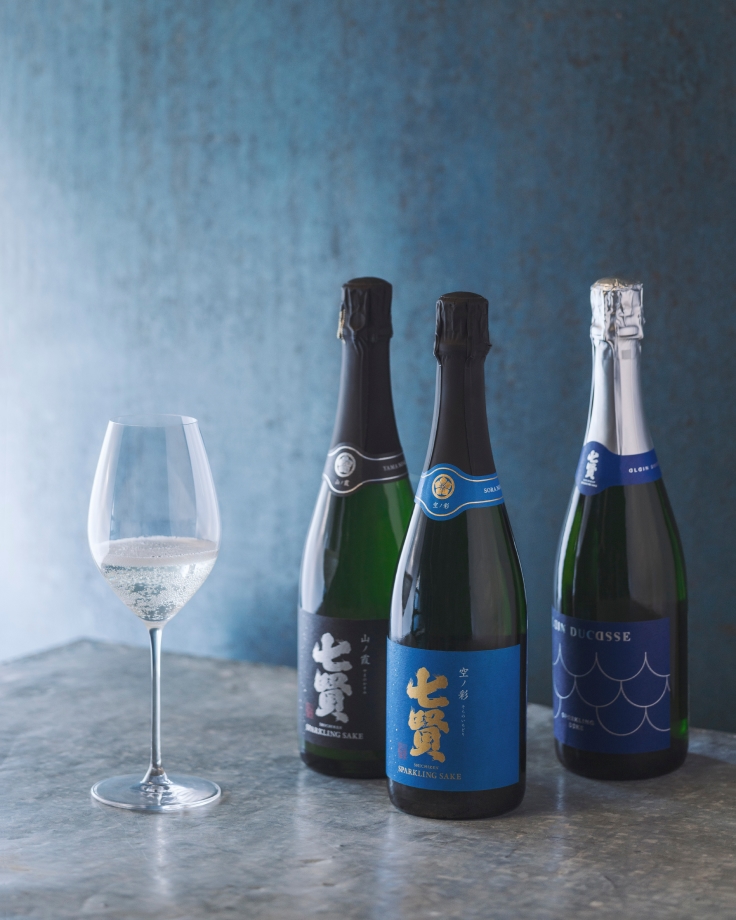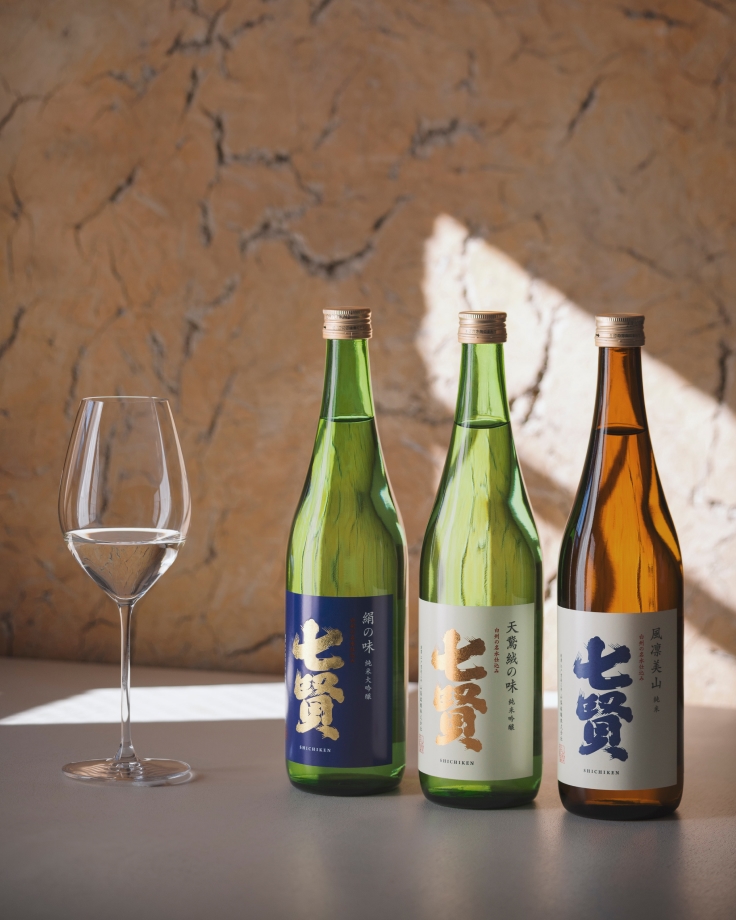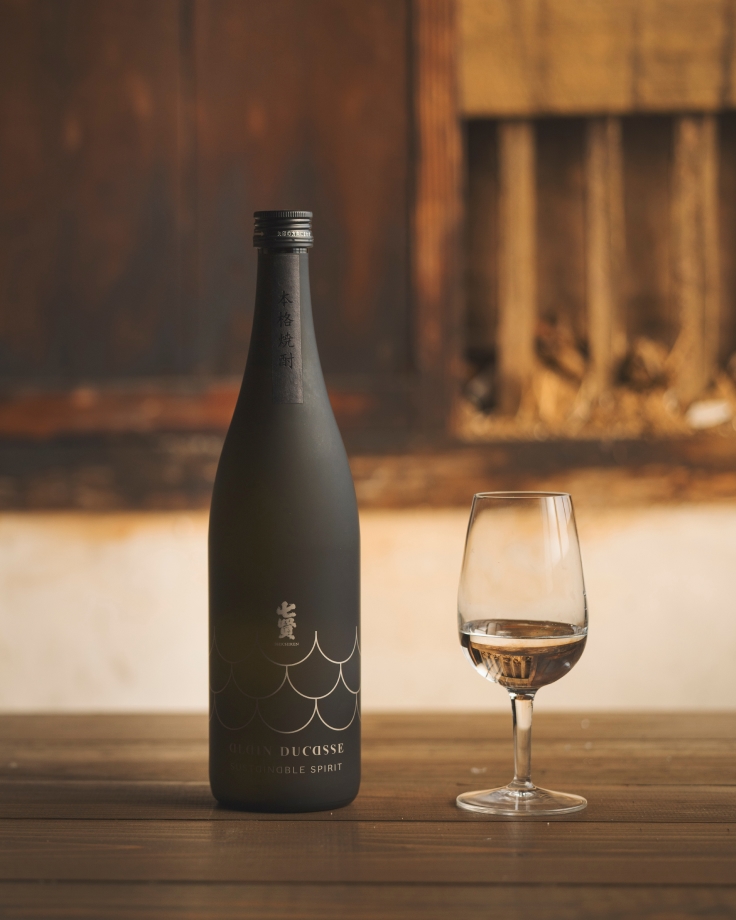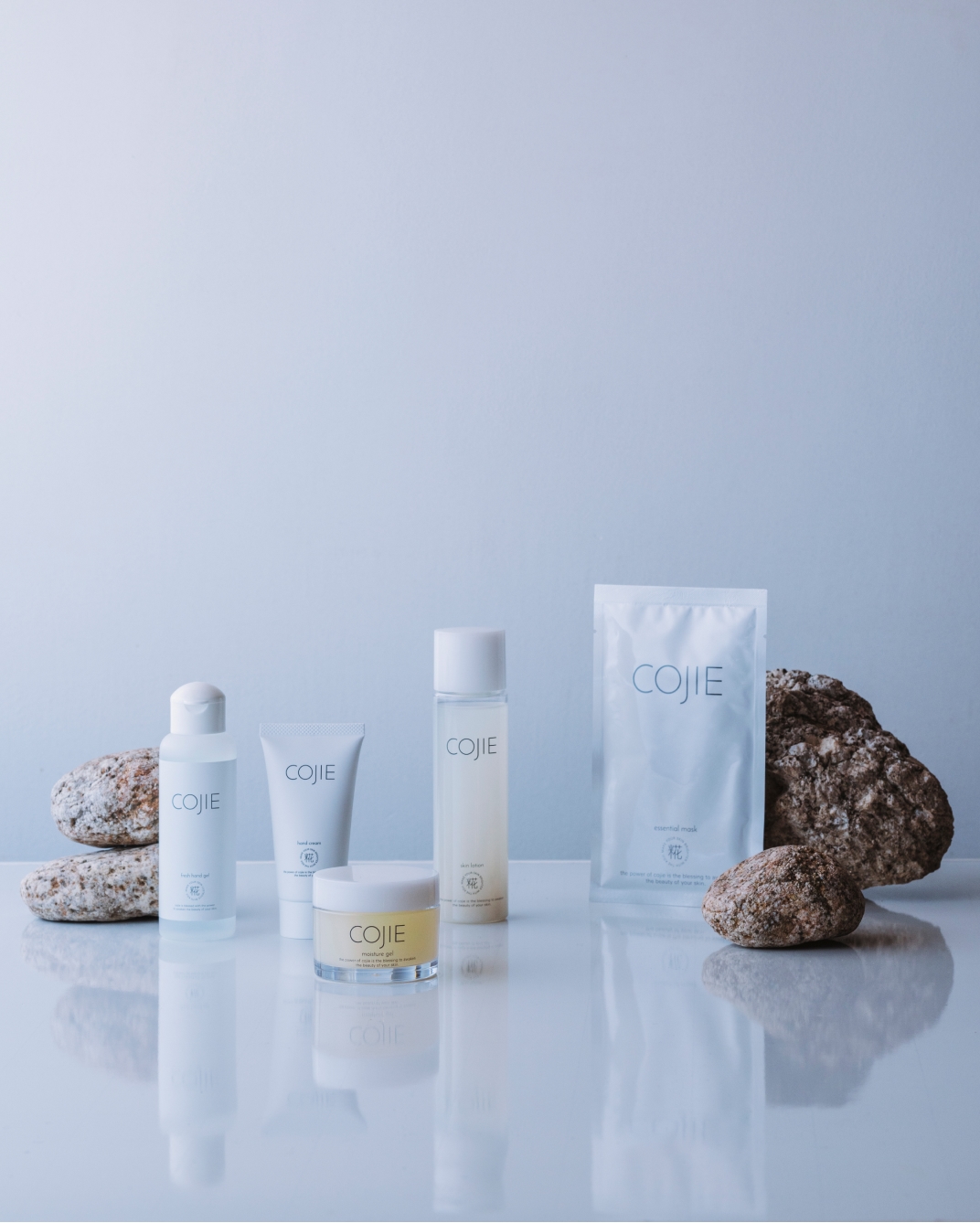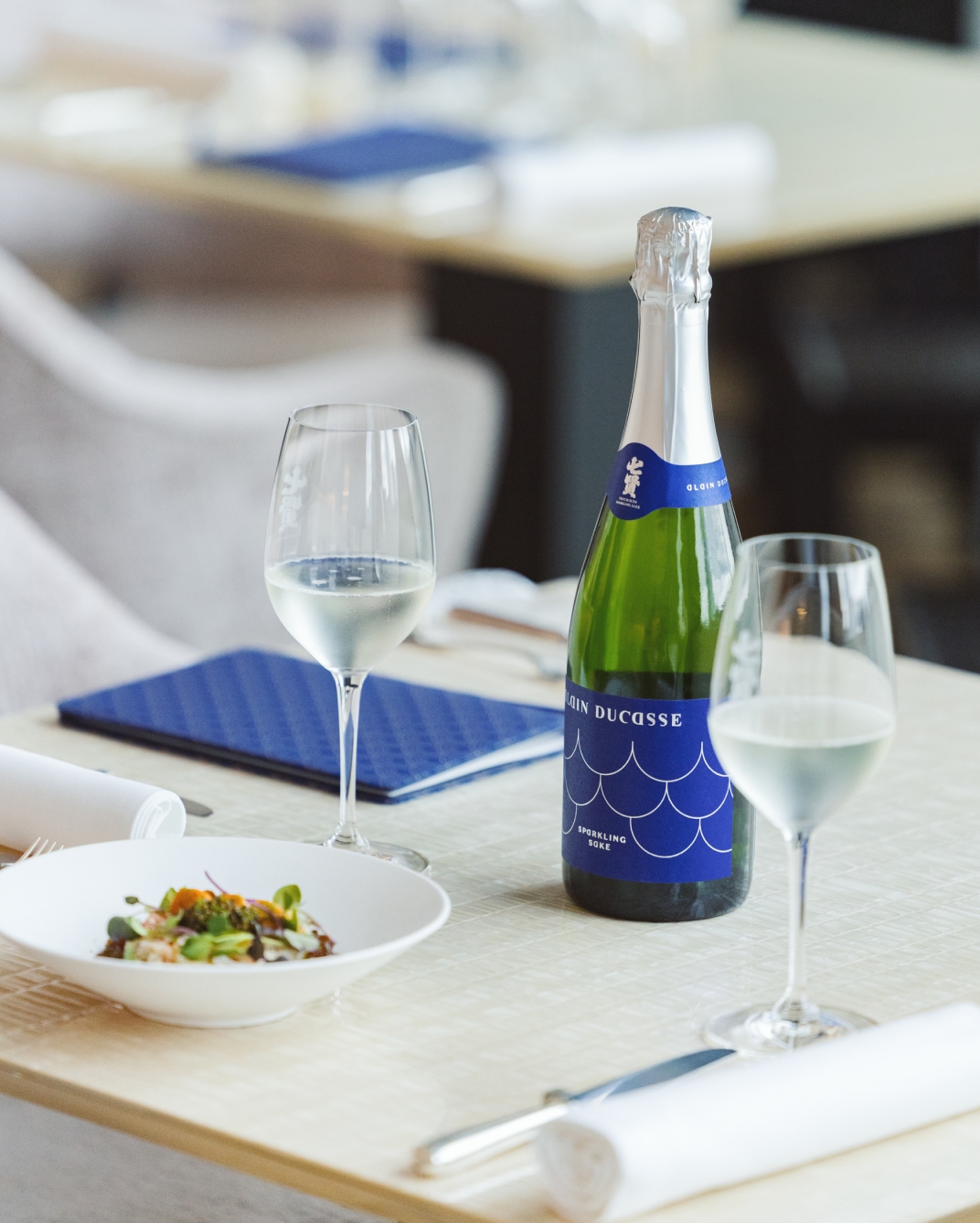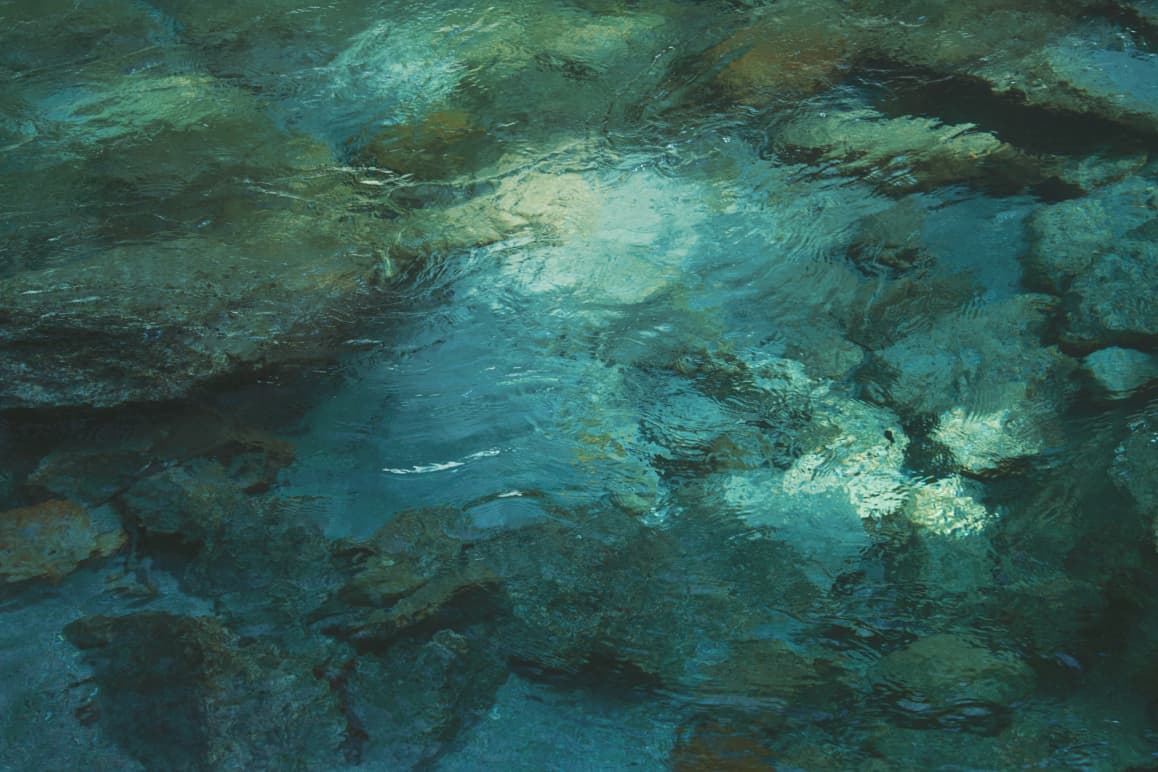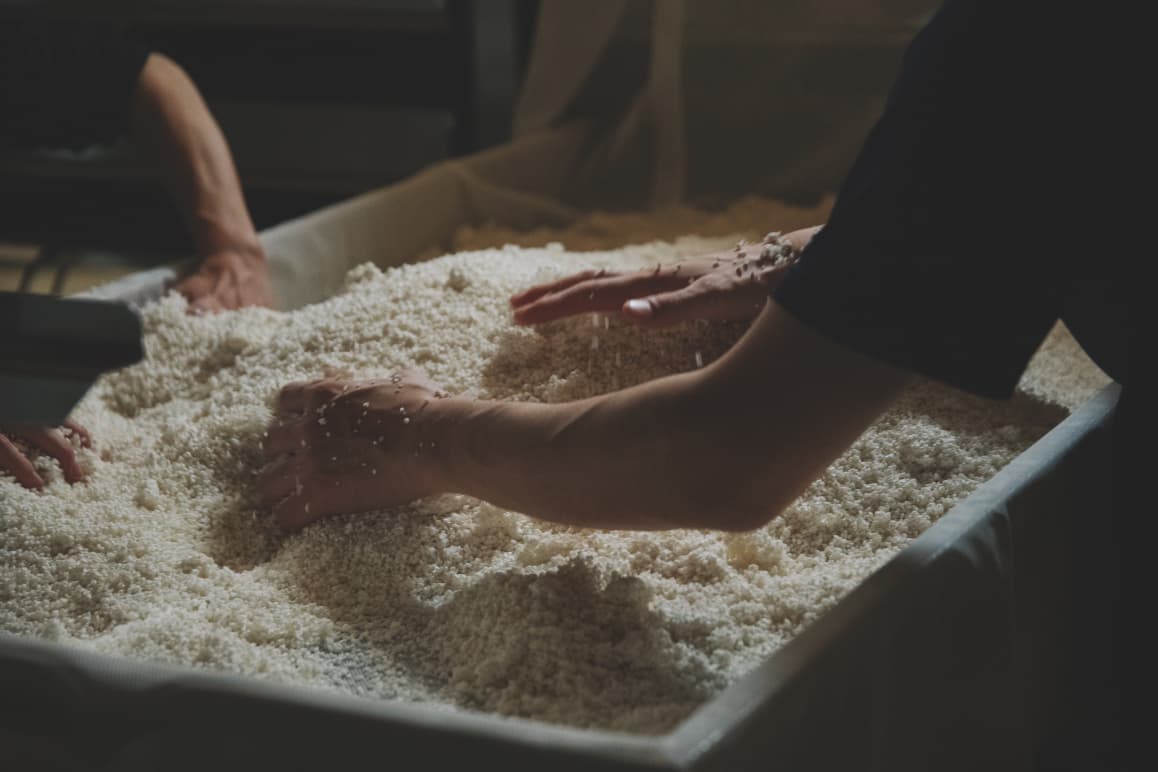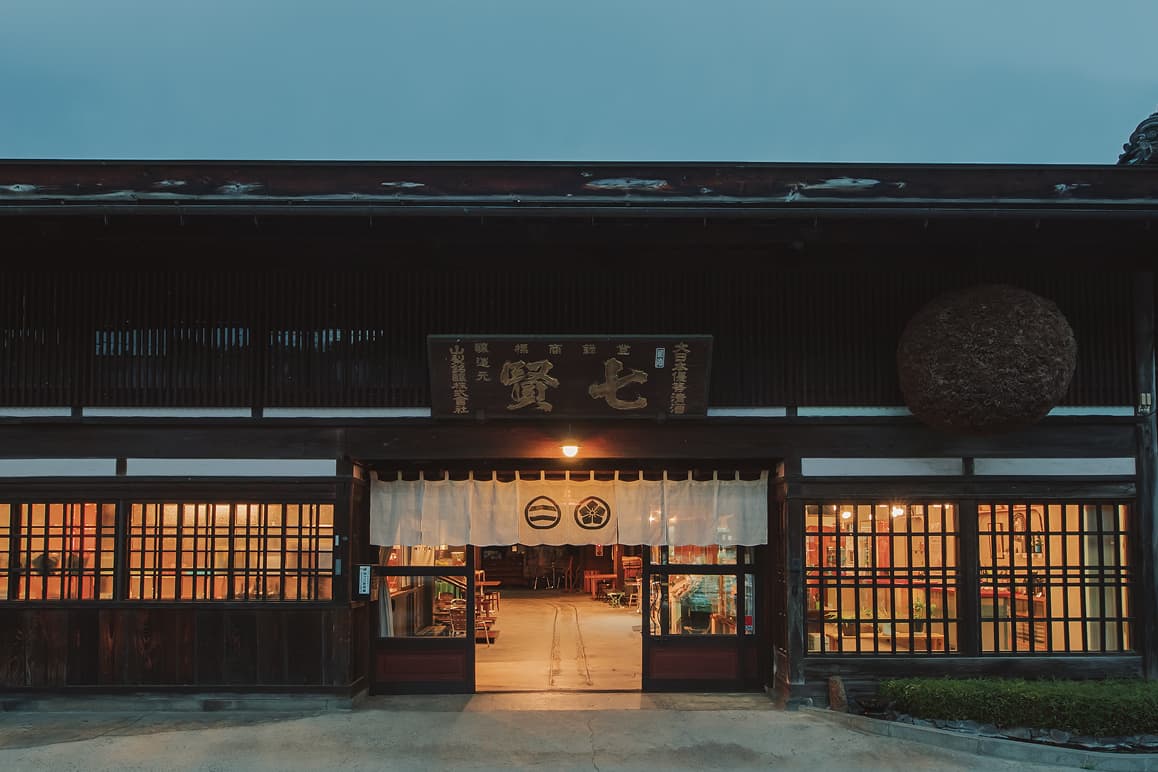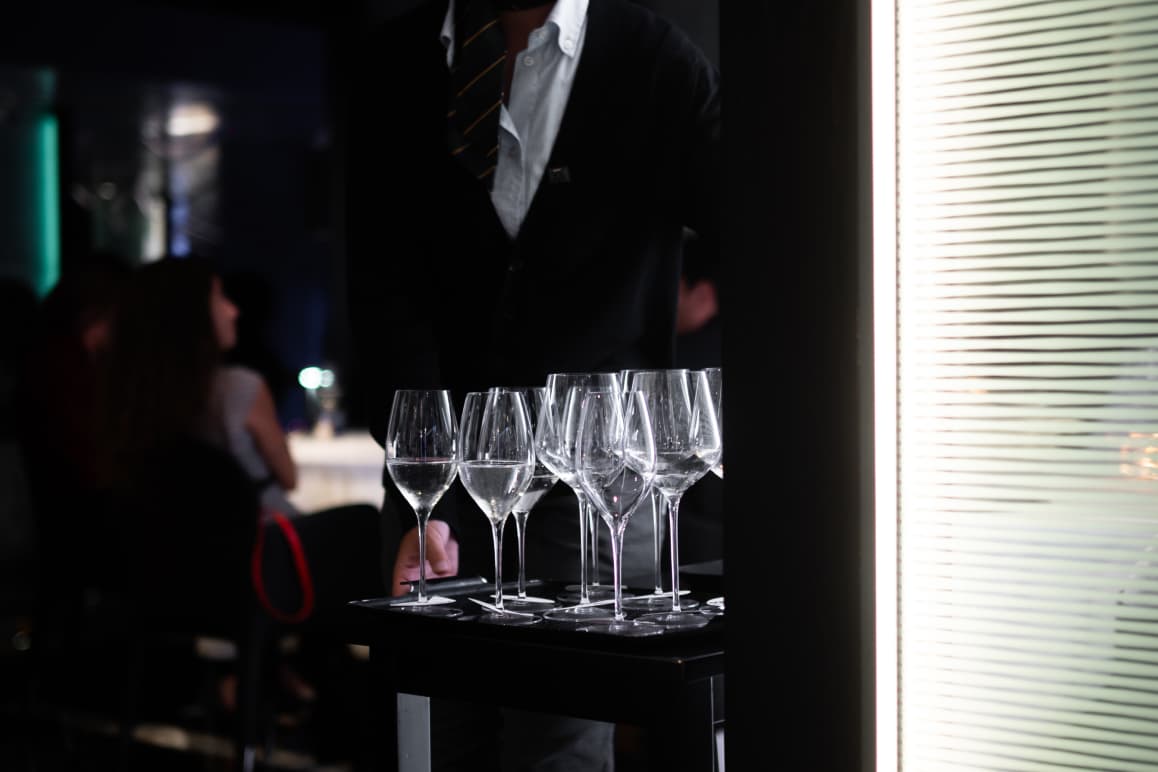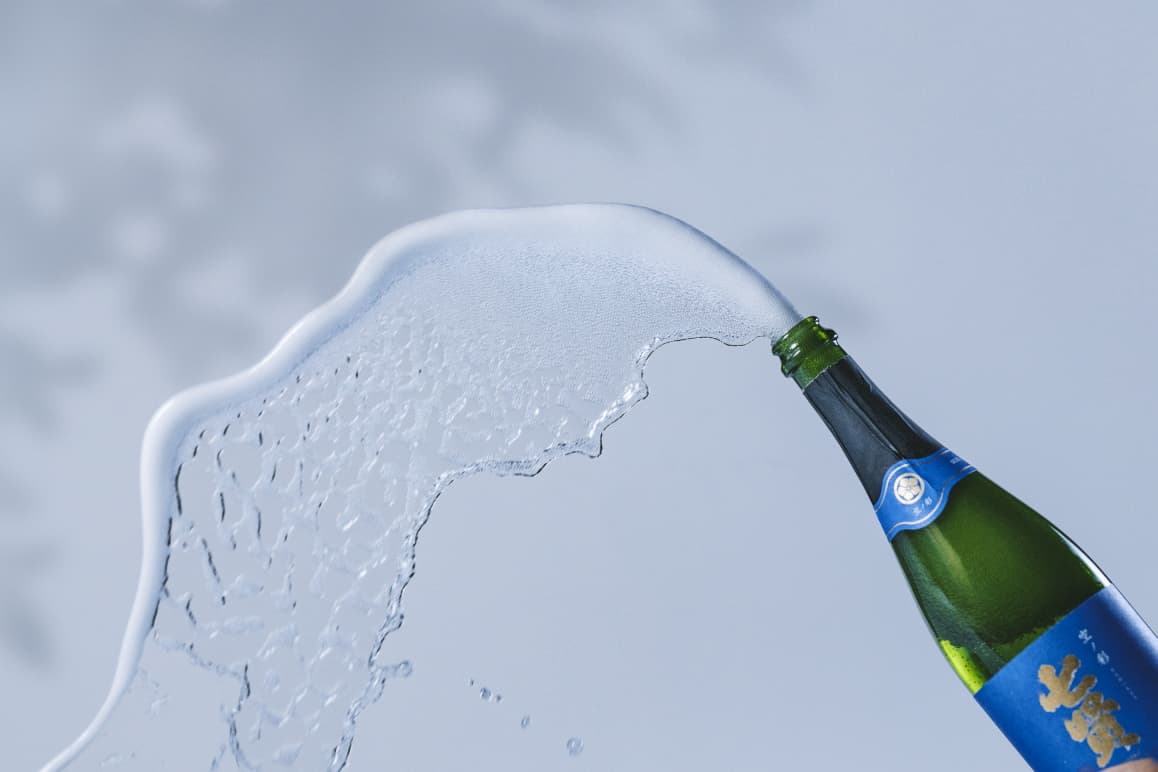300 years of history
Footsteps since our foundation in 1750
300 years of history with water
In 1750, the founder of Shichiken, Ihee Kitahara, from Takatō, Nagano where his family had been brewing sake for generations, fell in love with the quality of Hakushu waters and started sake brewing in Daigahara on Koshu Kaido. For 300 years, Shichiken has been devoted to crafting the finest sake inspired by the local waters. The name “Shichiken” comes from a pair of fanlights titled “Seven Sages of the Bamboo Grove” (“Chikurin no Shichikenjin” in Japanese), given by Surugano-kami Naito, Lord of Takatō Castle, in 1835 to celebrate the completion of the brewery, which still remains in the main building as a cultural asset.
Shichiken has ties to Emperor Meiji. During the Meiji Emperor’s imperial tour through Yamanashi, Mie, and Kyoto in 1880, the inner parlor of Shichiken’s main building was chosen as a lodging. Since 2020, Shichiken has been appointed to offer sake at the annual harvest ritual held at Meiji Shrine on November 23rd. To celebrate the 100th anniversary of the Emperor Meiji’s enthronement, Shichiken brewed sake from the rice harvested in rice fields in Kofu City, Yamanashi and Kamogawa City, Chiba, which were chosen to make sake rice when the Emperor Meiji ascended to the throne in 1873.
Blessed by many fortunate connections, Shichiken continues to brew sake.
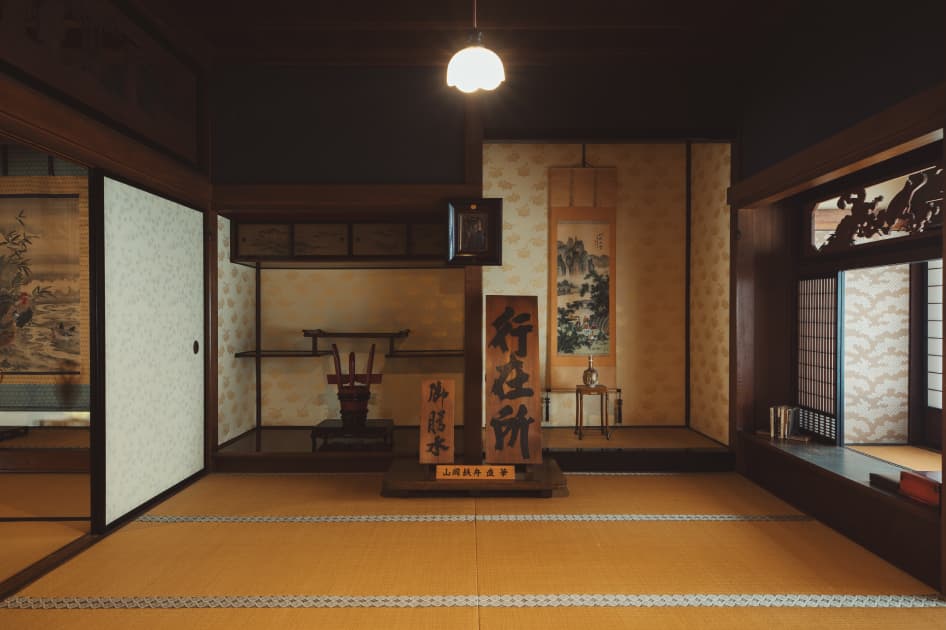
1750
The founder of Shichiken, Ihee Kitahara, fell in love with the quality of Hakushu water on his way to Edo (today’s Tokyo) from Takatō in Nagano prefecture where his family had been brewing sake for generations. He branched out from the Kitahara family to start sake brewing in Daigahara on Koshu Kaido (one of the famous Five Routes connecting Edo to the outer provinces) in Yamanashi prefecture.
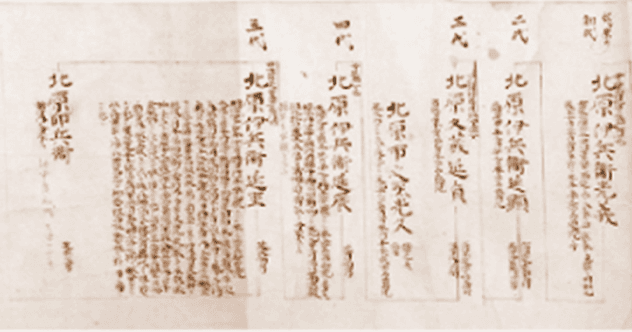
1835
The fifth-generation brewery owner, Iheinobushige Kitahara, received a pair of fanlights from the daimyo of Takatō Domain, Surugano-kami Naito, as a gift to celebrate the completion of the new main building of the brewery. The fanlights were made by Senshirō Tatekawa, a celebrated carpentry sculptor who specialized in shrines and temples. The title of the fanlights were “Seven Sages of the Bamboo Grove” (“Chikurin no Shichikenjin” in Japanese), which is the origin of the current name, “Shichiken.”
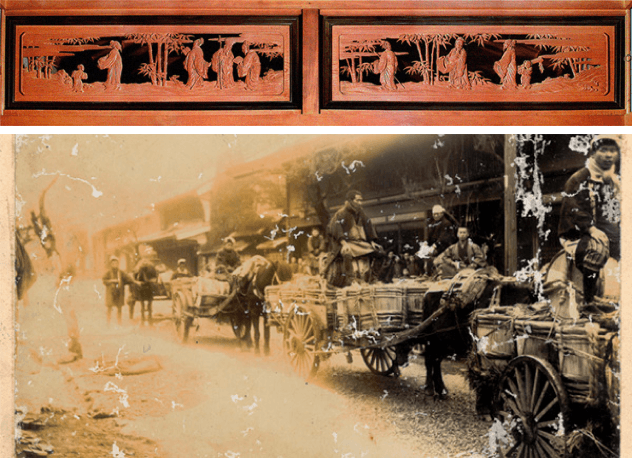
1880
During the Meiji Emperor’s imperial tour through Yamanashi, Mie, and Kyoto prefectures, the inner parlor of Shichiken’s main building was chosen as a lodging, or “Anzaisho,” to accommodate an imperial visit. The sixth-generation brewery owner, Ensei Kitahara, served as a chamberlain for one night. As an expression of gratitude, “White Habutai” (two rolls of white smooth silk fabric) and 50 yen were gifted by the Emperor.
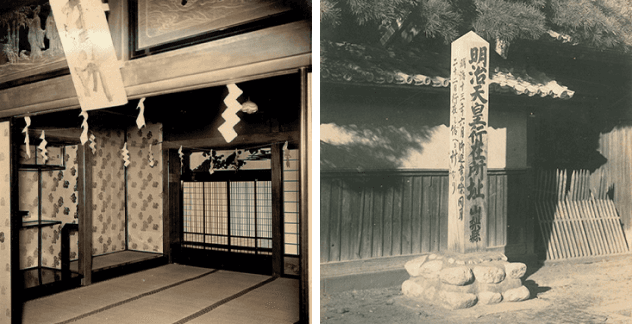
1925
The 10th generation brewery owner, Kosaburō Kitahara, established the corporation Yamanashi Meijo Co., Ltd. and served as its first president. He actively managed the business and successfully built up the prefecture’s largest sake business.
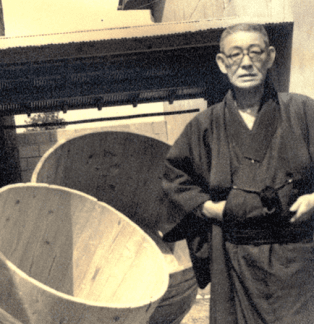
1933
The “Anzaisho” in the inner parlor of Shichiken’s main building where the Meiji Emperor stayed is designated as a historical landmark by the Ministry of Education (presently the Ministry of Education, Culture, Sports, Science, and Technology).
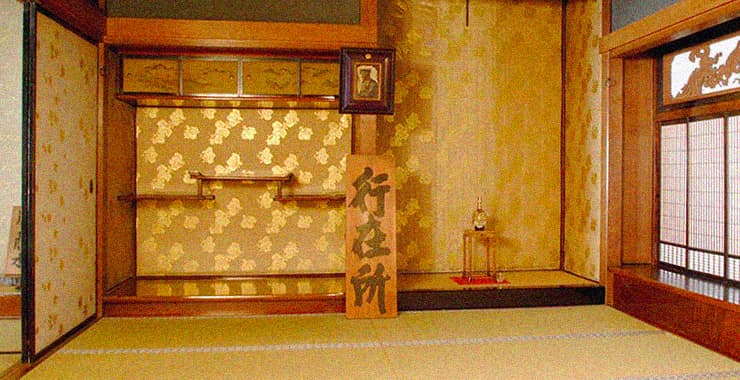
1967
The 11th generation brewery owner, Shinji Kitahara, built the “Seiwakura” brewery in order to produce a better, more unique sake. This led to significant improvements in the brewing techniques and quality of Shichiken’s sake.
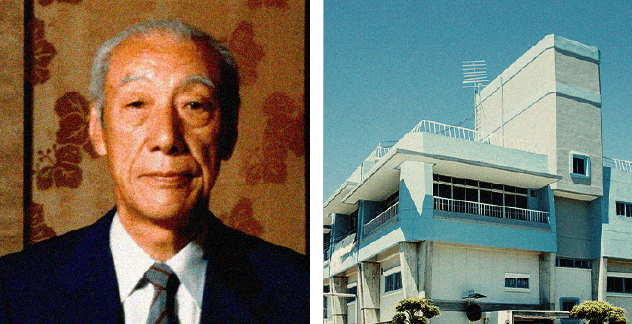
1980
The 12th generation brewery owner, Hyogo Kitahara, built a new bottling facility and product warehouse, and established the current structure of Yamanashi Meijo Co., Ltd.
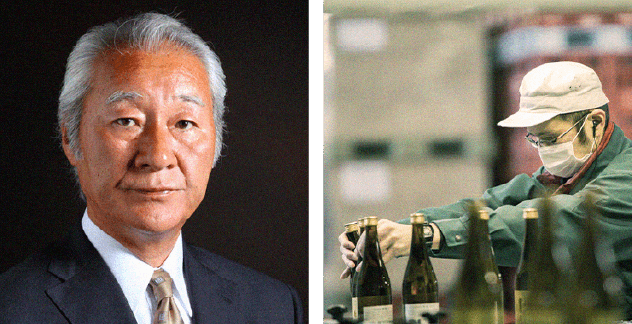
1982
Discontinued Futsū-shu (ordinary table sake) and changed all Shichiken’s sake to be Toketei Meishō-shu, with specific classification names distinguished by the degree to which the rice has been polished and the added percentage of brewer’s alcohol.
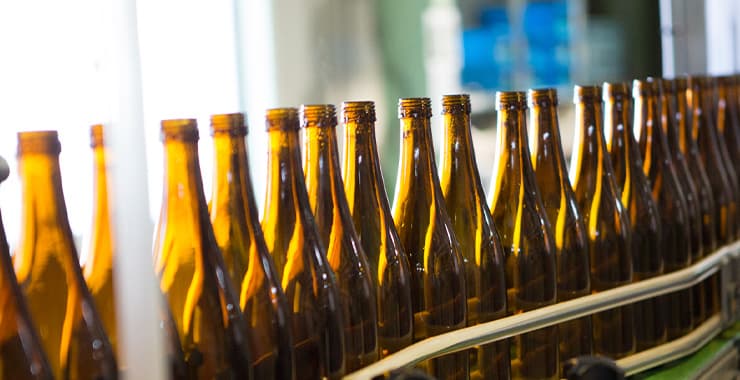
1999
Established an agriculture limited company, Onakaya, to start cultivating Shichiken’s high-quality sake rice in cooperation with local farmers.
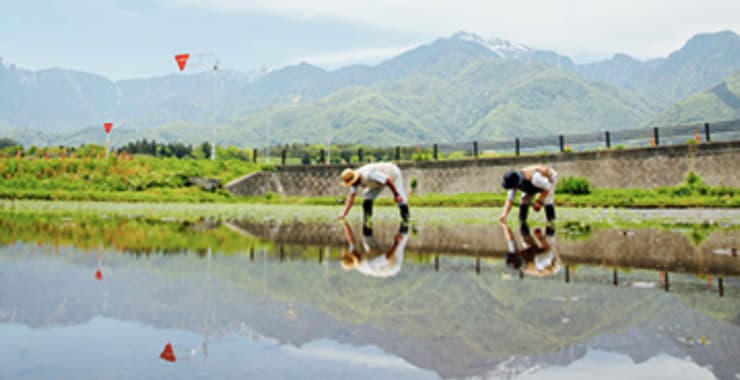
2000
Opened Shichiken’s directly managed restaurant “Daimin” to explore new possibilities for pairing sake and food by serving seasonal dishes made with local ingredients.
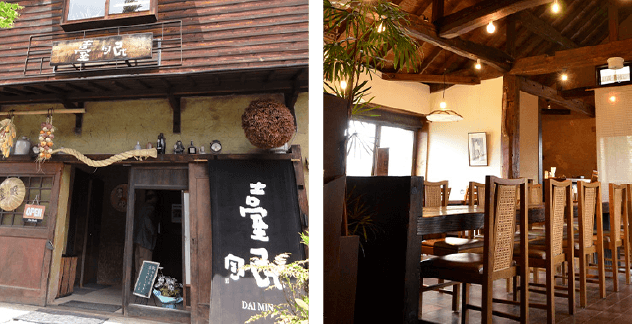
2014
Implemented the Shichiken Branding Strategy where newly designed products were introduced with new labels and a lineup that better suits the quality of our sake.
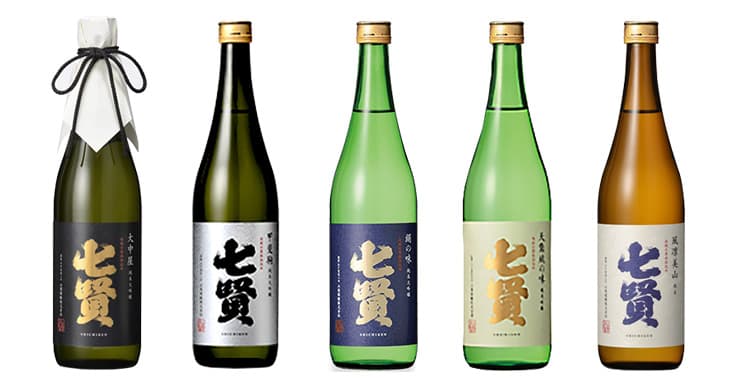
2015
After five years of development, introduced “Yama no Kasumi” (2015), “Hoshi no Kagayaki” (2016), and “Mori no Kanade” (2017), Shichiken’s original and exceptional sparkling sake with second fermentation in the bottle.

2018
Tsushima Kitahara was appointed CEO.
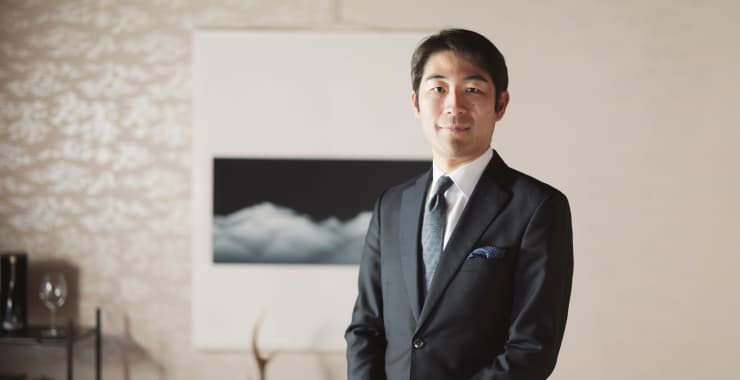
2021
In June, Denso-gura was opened in a renovated rice storehouse as a gallery to exhibit paintings, calligraphy, artwork, and old documents that have been handed down in the Kitahara family, the founders of Shichiken.We named the gallery “Denso-gura,” meaning “place to communicate and play” with the hope that the history and culture that have been inherited along with the progress of sake brewing will long be cherished. The theme of the exhibition changes every three months.
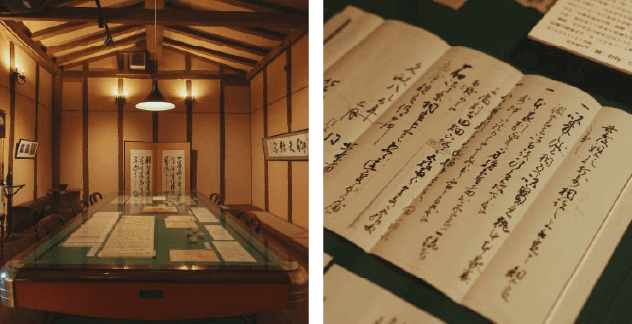
2022
Switched 100% of the electricity used in sake production to renewable energy, reducing annual CO2 emissions by approximately 510 tons.
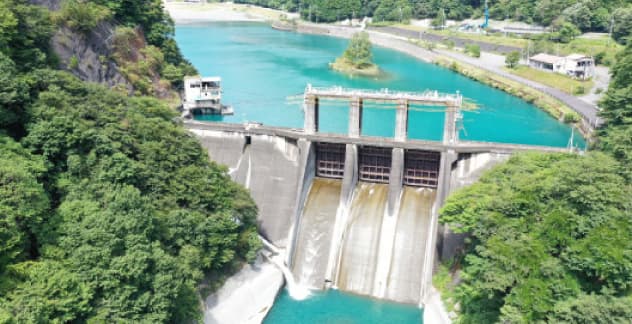
About
Copy the URL of this page
